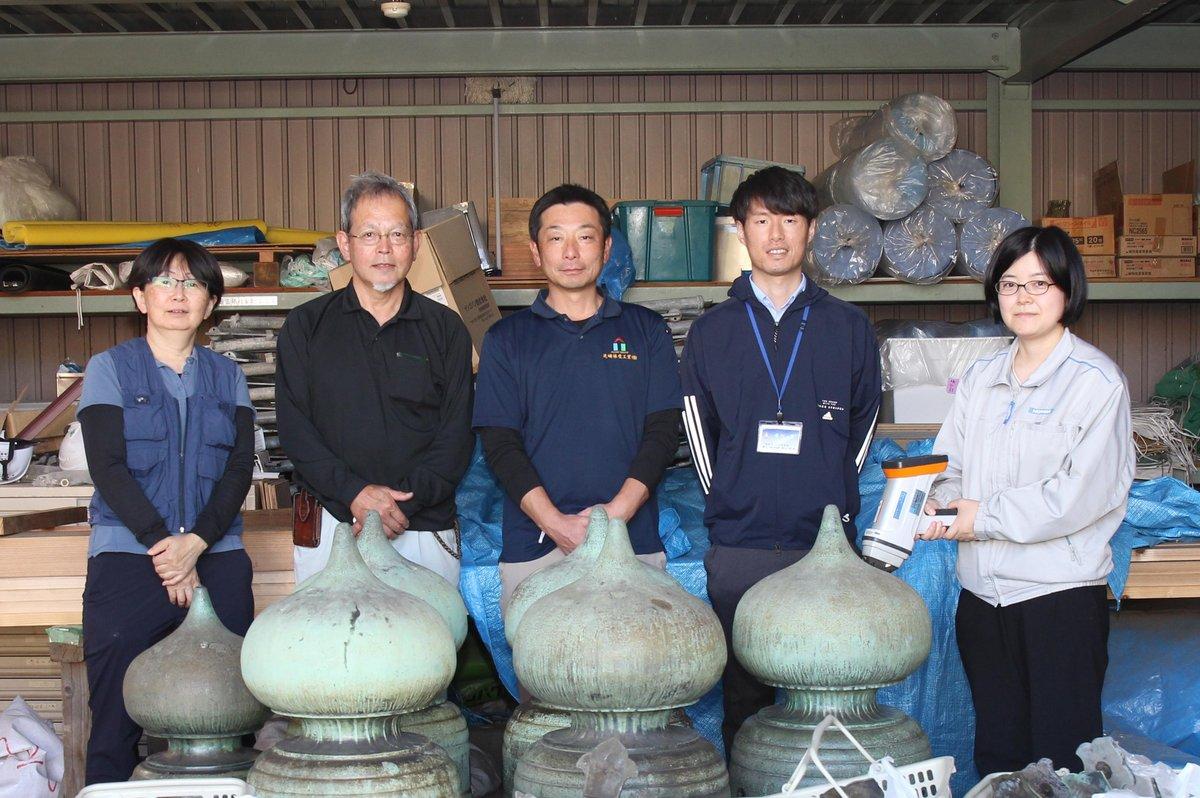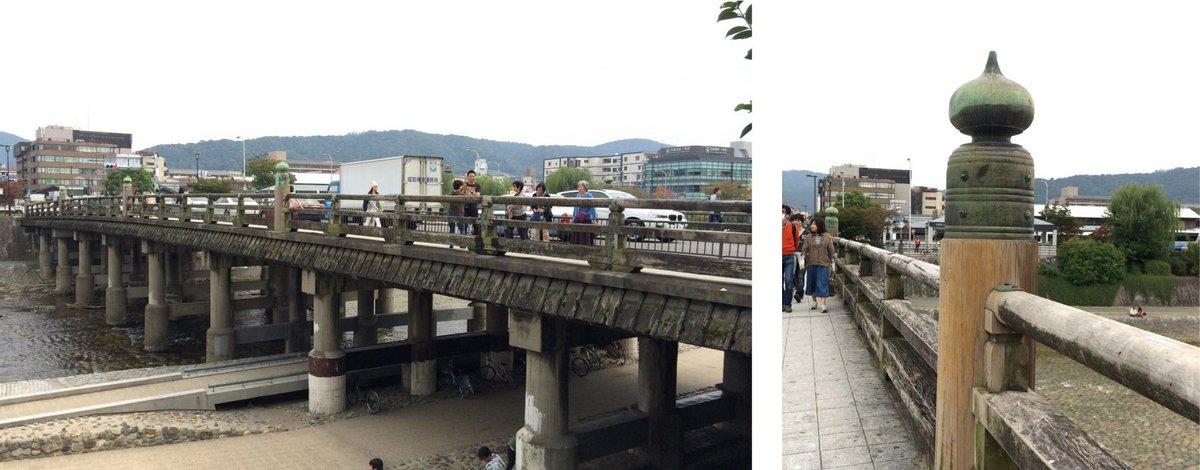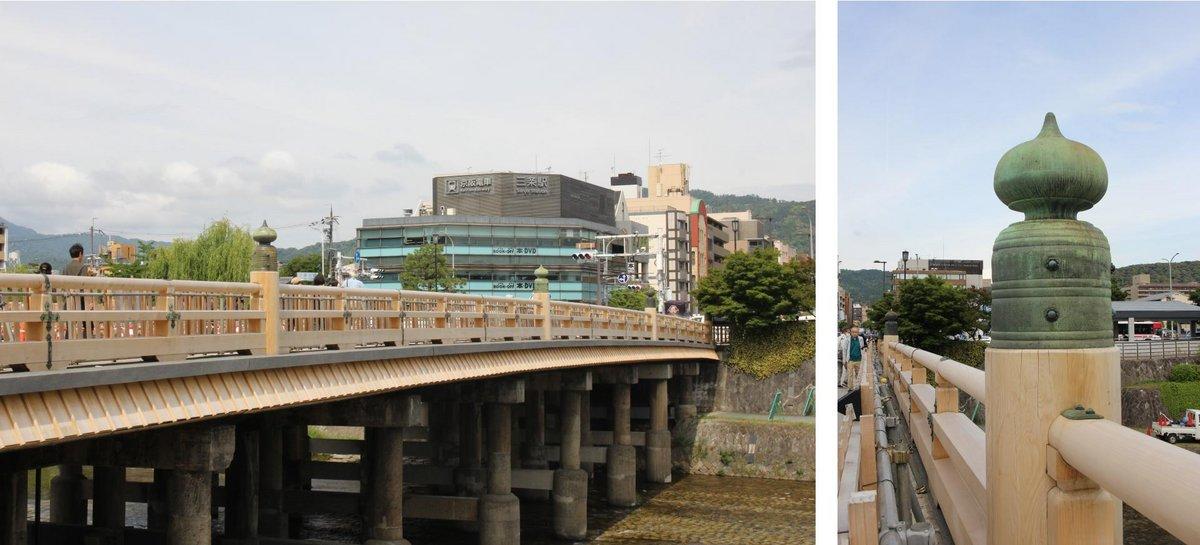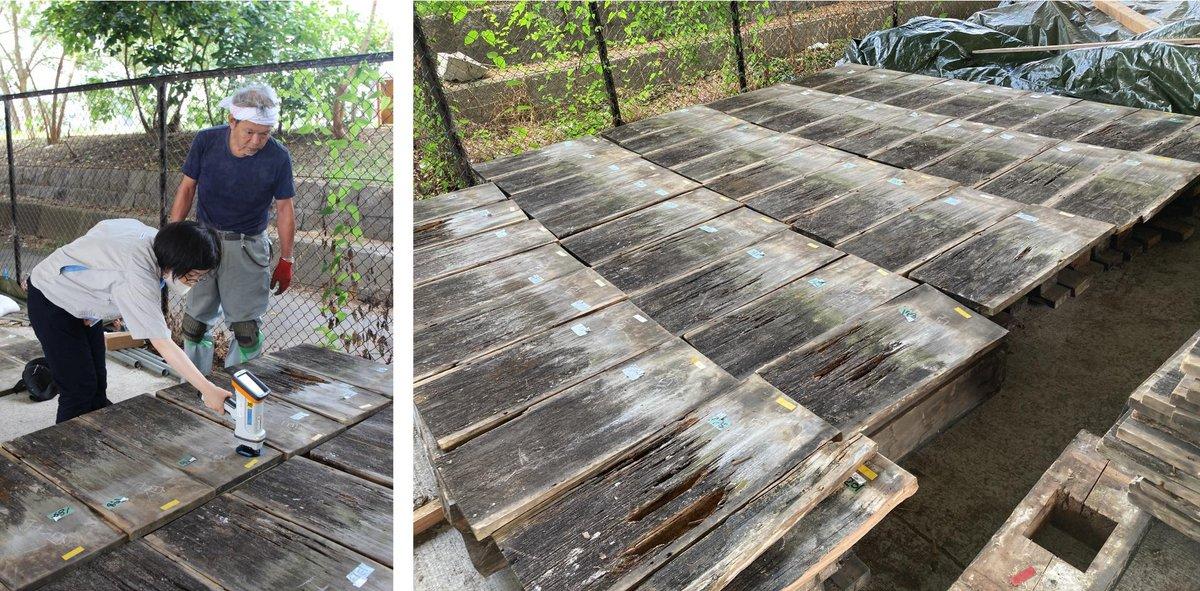Learning from Traditional Architectural Techniques Contribute to Long-lasting Wood Materials and Circular Carbon Society
There is a historical and traditional famous wooden bridge, Sanjo Ohashi Bridge, in Kyoto, Japan. The bridge has a unique structure, wooden poles with bronze caps on each pole head. The structure was made in 1590, and the structure has been passed down until now even after several renovations. What made it possible to preserve the wooden bridge for such a long time? Mr. Kurisaki Hiroshi from the Forest Products Research Institute of the Toyama Prefectural Agricultural, Forestry & Fisheries Research Center, and his colleagues carried out investigation to understand the traditional technique used for the bridge and learn from it for our future. HORIBA joined the investigation by elemental analysis support. We had an interview with Mr. Kurisaki to hear his motivation and passion behind the investigation.

(Left to Right) Prof. Wakako Ohmura, Research Institute for Sustainable Humanosphere, Kyoto University. Mr. Kurisaki Hiroshi, Forestry & Fisheries Research Center, the Toyama Prefectural Agricultural. Mr. Yuki Ozaki, CEO of Ozaki Group. Mr. Hiroshi Kagawa, from Kyoto city Construction Bureau Public Works Management Department Bridge Safety Promotion Section. Ms. Hitomi Nakano, Analytical & Technology department, HORIBA Techno Service, Co., Ltd.



